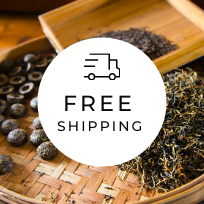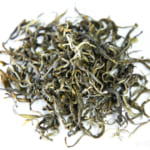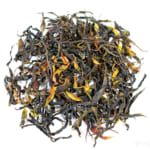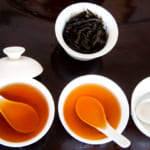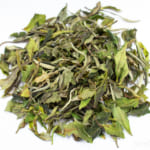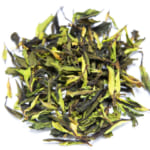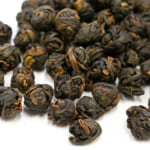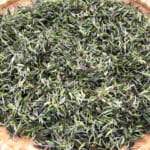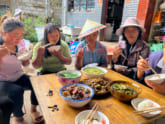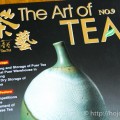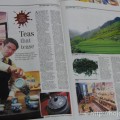- HOME >
- New Arrival at HOJO Online Shop
Limited Loose Leaf Release of 2025 Da Xue Shan Wild Raw Pu-erh Tea
- [2025.08.06] Posted By Akira Hojo
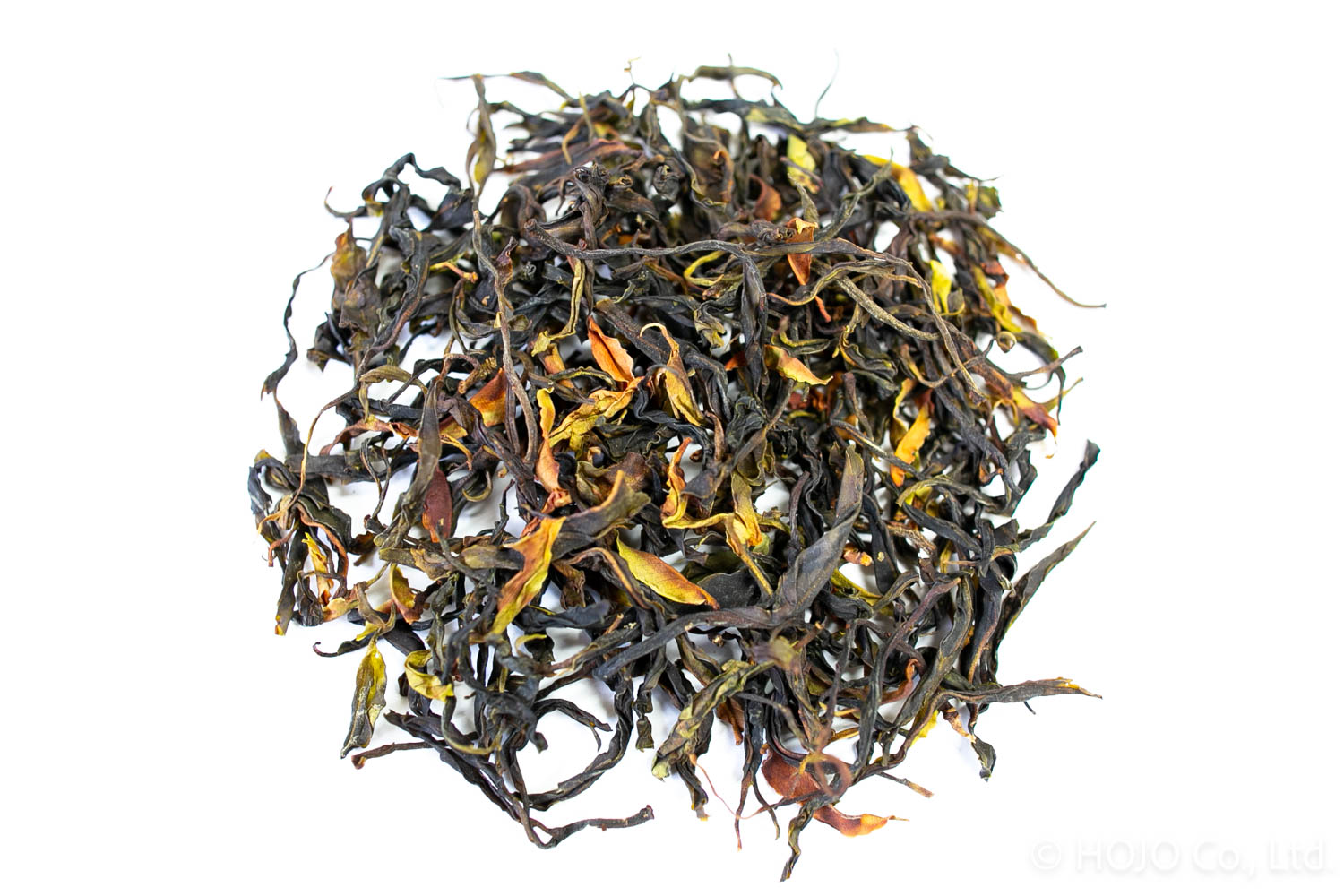
We have released the 2025 loose-leaf version of Da Xue Shan Wild Raw Pu-erh Tea.
This tea comes from wild tea trees that grow naturally in the high mountains of Yunnan Province, at elevations above 2000 meters.
This year, we were only able to secure a small quantity for retail, and the current release is available exclusively in loose-leaf form. There are no plans for restocking, and no cake version will be offered this year, so we recommend placing your order while it is still available.
A value pack is also offered in limited numbers and will be sold on a first-come, first-served basis.
If you’ve been waiting to try this tea, this may be the only opportunity this year.
Camellia taliensis: A Challenging Tea to Process
Da Xue Shan Wild Tea is made from Camellia taliensis, a wild tea species closely related to the more commonly known Camellia sinensis, which is used for most teas around the world.
Unlike Camellia sinensis, Camellia taliensis has much thicker stems, which makes it more difficult to process. The uneven moisture distribution between leaves and stems often creates challenges during production.
Many raw pu-erh teas on the market made from Camellia taliensis are pan-fried at high temperatures, similar to how green tea is processed, or may end up partially scorched during pan-frying. This can result in a strong high-fired note sometimes described as “gao xiang” (高香), which may not be ideal for everyone.
Such overheating typically occurs when the leaves become too dry during withering, causing the internal temperature of the leaves and stems to rise too rapidly during pan-frying.
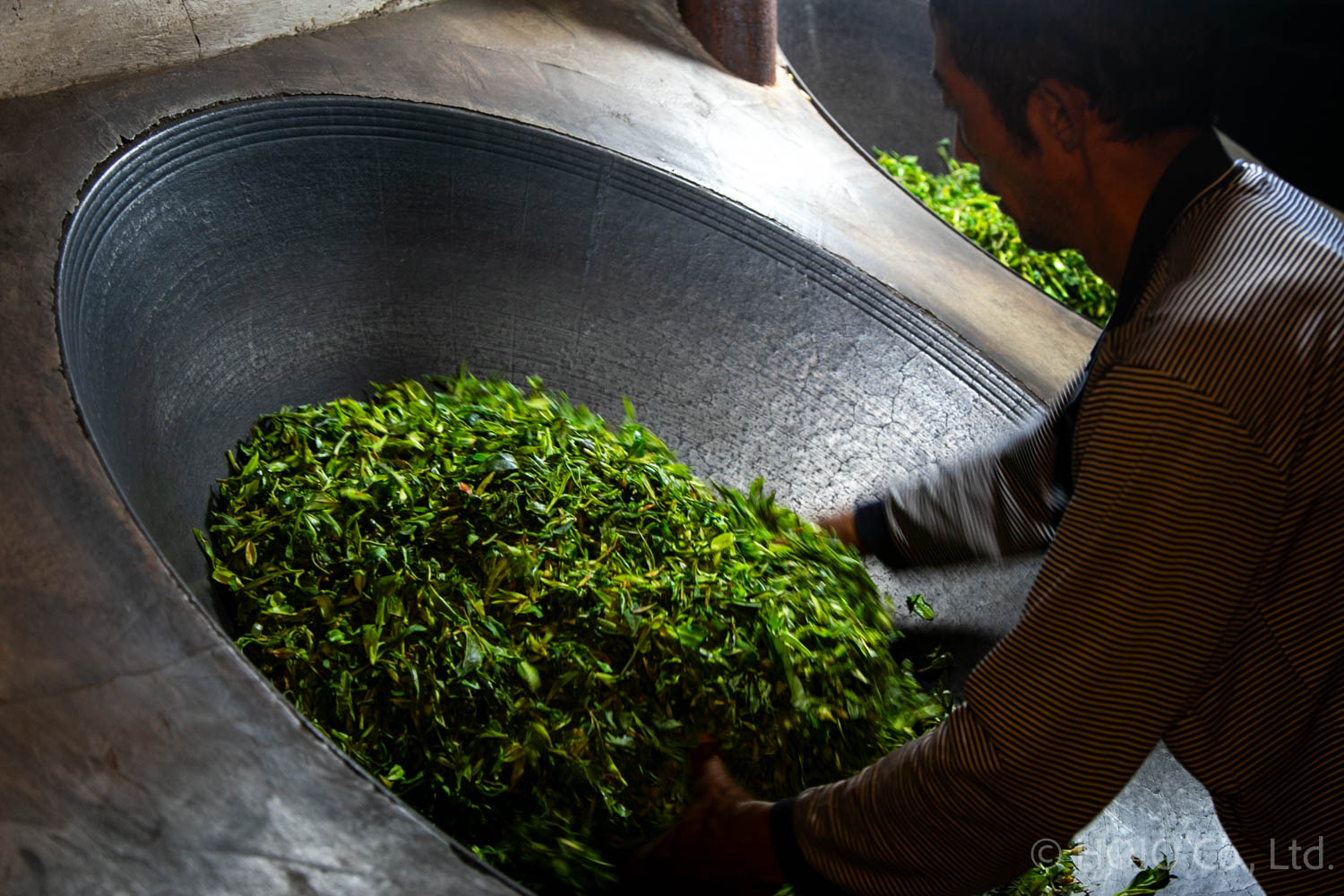
Pan-frying of wild tea
Unfavorable Weather Conditions
This year, on the day we processed a large quantity of wild tea, the weather unexpectedly turned cloudy in the afternoon, with occasional showers and high humidity. As a result, we couldn’t sun-dry the tea under optimal conditions, and the finished batch developed a slight stale smell and astringency. We unfortunately decided not to purchase that lot.
The tea we are offering now was produced on a different day, under ideal weather conditions, in a small batch. Due to the limited quantity, we were unable to compress it into cakes. This year, it is available only in loose-leaf form.
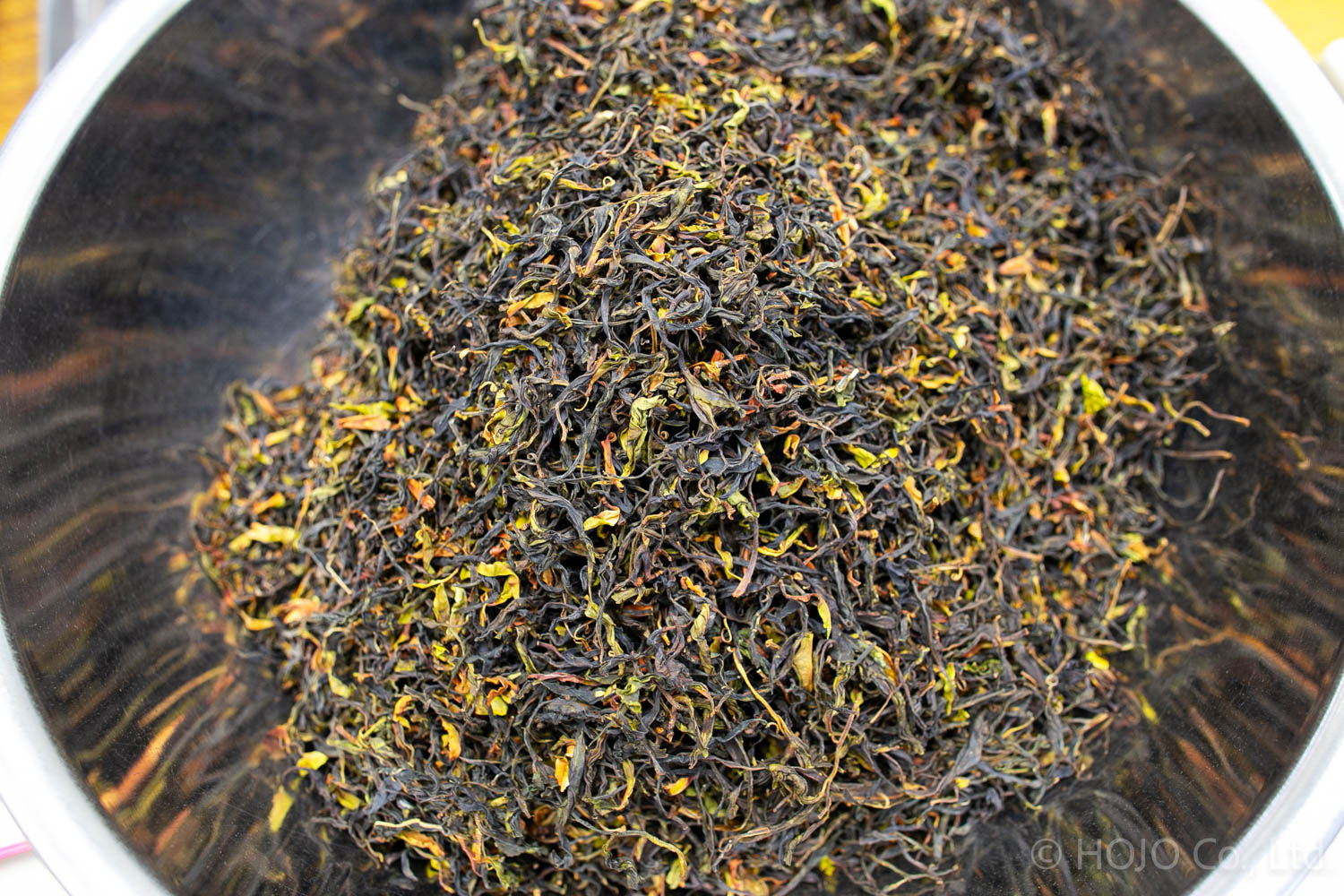
What “Wild Tea” Really Means Today
This tea is made from truly wild Camellia taliensis trees.
In recent years, as wild tea has become increasingly popular, many tea farmers have started cultivating Camellia taliensis in managed tea gardens. In Yunnan, it’s common practice to refer to this species simply as “wild tea”, even when the trees are clearly planted in neat rows on farmland. The term has become so widely used that almost no one questions whether the tea is truly wild anymore.
This situation is quite similar to how “wild rice” is labeled in many parts of the world. Originally, wild rice referred to grains harvested from naturally growing plants in the wild, but today, much of what is sold as wild rice is actually farm-cultivated.
Because of this, it has become increasingly difficult to tell the difference between genuinely wild products and those grown in controlled environments. That’s why we take extra care in sourcing tea that truly grows wild in the mountains.
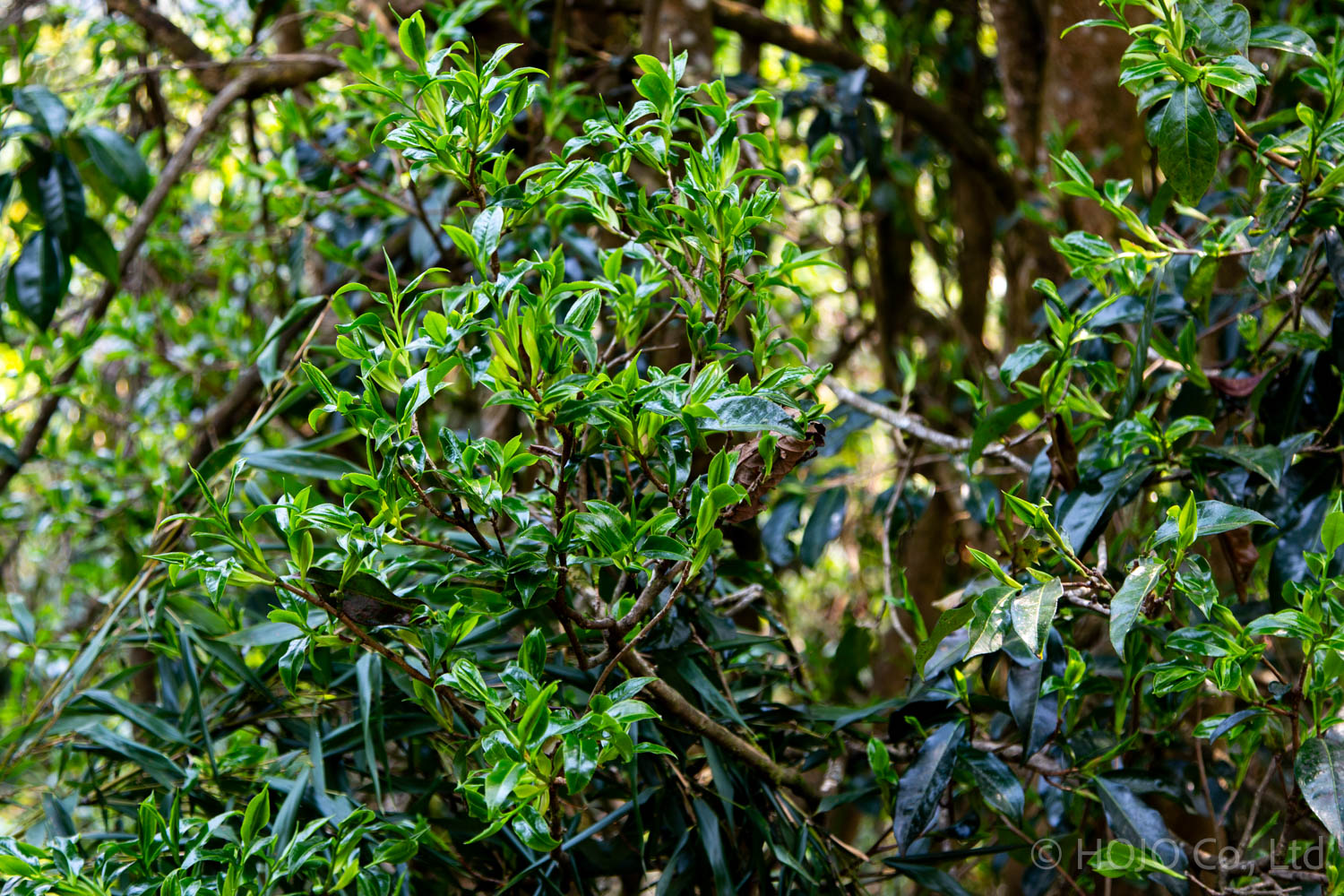
How We Source and Process Wild Tea
We focus on truly wild tea that grows naturally in the mountains.
We value wild environments because tea that grows slowly over time within a natural ecosystem tends to be especially rich in minerals, resulting in a fuller flavour and a long-lasting aftertaste.
Our tea leaves are harvested by ethnic minority communities living in secluded mountain villages. In some remote parts of Yunnan, it is a long-standing custom to enter the mountains each spring to gather wild Camellia taliensis. This tea was originally pan-fried for their own use or traded with nearby villages.
We work closely with trusted local producers to collect these fresh leaves and process them into both white tea and raw pu-erh tea. This close partnership ensures the authenticity, quality, and traceability of every batch we offer.
Flavor and Aging Potential
Da Xue Shan Wild Raw Pu-erh Tea stands out with its natural grape-like character, making it an accessible option for those new to raw pu-erh. Its distinctive flavor is easy to recognize, and even beginners often find it approachable.
As the tea matures over time, it may develop characteristics reminiscent of raisins and subtle honey-like notes.
It is also appreciated in its fresh state. In fact, many tea makers and buyers in Yunnan, including ourselves, prefer drinking it while it is still young. Whether to enjoy it now or store it for the future depends on your preference.
Although this tea is in loose-leaf form, it can be aged just like tea compressed into cakes. For aging, we recommend keeping it unopened in a dry, well-ventilated place. After around three years or more, noticeable changes may emerge in its flavor.
How to Buy This Tea?
For international customers, please refer to the following page for pricing:
https://hojotea.com/img/tealineup10.pdf
Please send your inquiry to us via email at info2@hojotea.com.
For customers in Malaysia, Singapore, and Brunei, please click here to visit the product page.
Related Articles
How to get the latest update on HOJO Tea?
1. Follow Twitter, 2. Click "Like" on Facebook, and 3. Subscribe in newsletter. You can have the latest tea news from HOJO Tea.
 Subscribe the Newsletter to enjoy the privileges
Subscribe the Newsletter to enjoy the privileges- You may receive a free sample upon purchase, or you may have the priority to purchase special products. So please remember to subscribe our newsletter as well as the social network.
- Yunnan Chun Jian Green Tea from High Mountain Gardens
- Yunnan Chun Jian Green Tea is now available.This tea is made from naturally grown leaves harvested from high mountain gardens at 2100m above sea level. It has a rich, long-lasting lingering aftertaste, comparable to raw Pu-erh tea. Yunnan as a Distinctive Tea Growing Region Over the past 20 years, we have explored a wide range …
- Limited Loose Leaf Release of 2025 Da Xue Shan Wild Raw Pu-erh Tea
- We have released the 2025 loose-leaf version of Da Xue Shan Wild Raw Pu-erh Tea.This tea comes from wild tea trees that grow naturally in the high mountains of Yunnan Province, at elevations above 2000 meters. This year, we were only able to secure a small quantity for retail, and the current release is available …
NEW ARTICLES
 Yunnan Chun Jian Green Tea from High Mountain Gardens
Yunnan Chun Jian Green Tea from High Mountain Gardens- Yunnan Chun Jian Green Tea is now available.This tea is made from naturally grown leaves harvested from high mountain gardens at 2100m above sea level. It has a rich, long-lasting lingering aftertaste, comparable to raw Pu-erh tea. Yunnan as a Distinctive Tea Growing Region Over the past 20 years, we have explored a wide range …
 Limited Loose Leaf Release of 2025 Da Xue Shan Wild Raw Pu-erh Tea
Limited Loose Leaf Release of 2025 Da Xue Shan Wild Raw Pu-erh Tea- We have released the 2025 loose-leaf version of Da Xue Shan Wild Raw Pu-erh Tea.This tea comes from wild tea trees that grow naturally in the high mountains of Yunnan Province, at elevations above 2000 meters. This year, we were only able to secure a small quantity for retail, and the current release is available …
 2025 Da Xue Shan Wild White Tea Now Available from Yunnan
2025 Da Xue Shan Wild White Tea Now Available from Yunnan- The 2025 harvest of Da Xue Shan Wild White Tea is now available. Crafted from truly wild Camellia taliensis trees growing naturally in the high-altitude forests of Yunnan, this tea offers a purity and character unique to its origin. This year’s unusually dry climate during the withering season was ideal, resulting in a floral and …
 Why Do Some Teas Taste Astringent? Exploring the Causes and Mechanisms of Astringency
Why Do Some Teas Taste Astringent? Exploring the Causes and Mechanisms of Astringency- Tea can range from having no noticeable astringency to possessing a very strong one. What causes this astringency? This article explores the causes and mechanisms behind astringency in tea. Causes of Astringency Astringency arises from the binding of tea components to proteins in the oral cavity, creating a sensation of tightness or dryness. The tongue …
 The Impact of Heat Sources on Tea Flavor
The Impact of Heat Sources on Tea Flavor- It is widely recognized that the material of a kettle plays an important role in shaping the taste of water for brewing tea. Yet, an often overlooked but equally significant factor is the type of heat source used to boil the water. Different heat sources, whether gas, electric, charcoal, or wood fire, can impart distinct …
 New Release of High Mountain White Tea
New Release of High Mountain White Tea- We are pleased to introduce our High Mountain White Tea, sourced from a unique tea garden with two key features: 1. Located at an altitude of 2200-2300m2. Completely wild and untended The ideal natural conditions of this garden result in tea of exceptional quality, offering a pure and gentle, nourishing taste. High Altitude and Wild …
 New Release of Da Xue Shan Wild White Tea 2024
New Release of Da Xue Shan Wild White Tea 2024- We have released the 2024 Da Xue Shan Wild White Tea Loose Leaf. This tea was produced under our direct supervision during our stay in Yunnan Province, ensuring meticulous production management on site. Definition of Wild Tea in Yunnan Province People in Yunnan strongly associate Camellia taliensis with wild tea, regardless of where it is …
 New Release of Wild Pu-erh Jasmine Pearl
New Release of Wild Pu-erh Jasmine Pearl- Out of curiosity, we decided to create a jasmine tea based on Da Xue Shan Wild Raw Tea. This resulted in an exceptionally rare tea, not only in Japan but also in China. Custom Production Network for Jasmine Tea At our store, we source various types of base teas from different regions during the spring. …
 2024 Overview: Our Yunnan White Tea Quality, Process, and Weather Insights
2024 Overview: Our Yunnan White Tea Quality, Process, and Weather Insights- One of the teas we’ve been focusing on in Yunnan Province is white tea. Historically white tea has been produced in both Fujian Province and Yunnan Province for a long time. While white tea from Fujian Province is well-managed during processing, we are dissatisfied with the quality of the raw materials due to the use …
 Yunnan’s Hospitality Culture: Expressed Through Meals
Yunnan’s Hospitality Culture: Expressed Through Meals- In China, as a form of greeting, it’s common to say “你吃饭了吗?” which means “Have you eaten?” However, in Yunnan Province, the phrase “吃饭” is often used in various situations, more like “Eat, eat,” serving as an invitation to share a meal. Yet, with prolonged exposure to Yunnan, one comes to understand that these meal …
Shop Info

Address:Lot No. T-215, 3rd Floor, The Gardens Mall, Mid Valley City, Lingkaran Syed Putra, 59200 Kuala Lumpur
Tel: +603-2287-4537
Business Hour: 10am to 10pm
Category
- New Arrival at HOJO Online Shop
- Featured Articles
- Newsletter
- Types of Tea
- Origin of Tea
- Teapot and Tea Equipment
- Tea Column
- How to enjoy tea
- Tea Processing
- How to choose quality tea
- Tea constituents and functional effect
- Safety of Tea
- Foods
- Tea Business Operation
- Hobby and Outdoor Activity
- Ranking of Tea
- Video
- FAQ
- Media Release
Profile

- AKIRA HOJO
- I invite you to experience my tea selections.I was born in Nagano, Japan. In university, I studied agricultural chemistry, and I have the master degree in food science. I worked in Japanese food industry for 10 years. I involved in R&D, QC and QA. As a factory manager, I implemented ISO9000 series and managed the factory.
- The Art of Tea Magazine
- We posted the article on “The Art of Tea Magazine No.9, the magazine is published in Taiwan. We featured some scientific view about the tetsubin
- New Straits Times
- The Malaysian National Newspaper, New Straits Times featured HOJO Tea on 17-Oct-2007.


